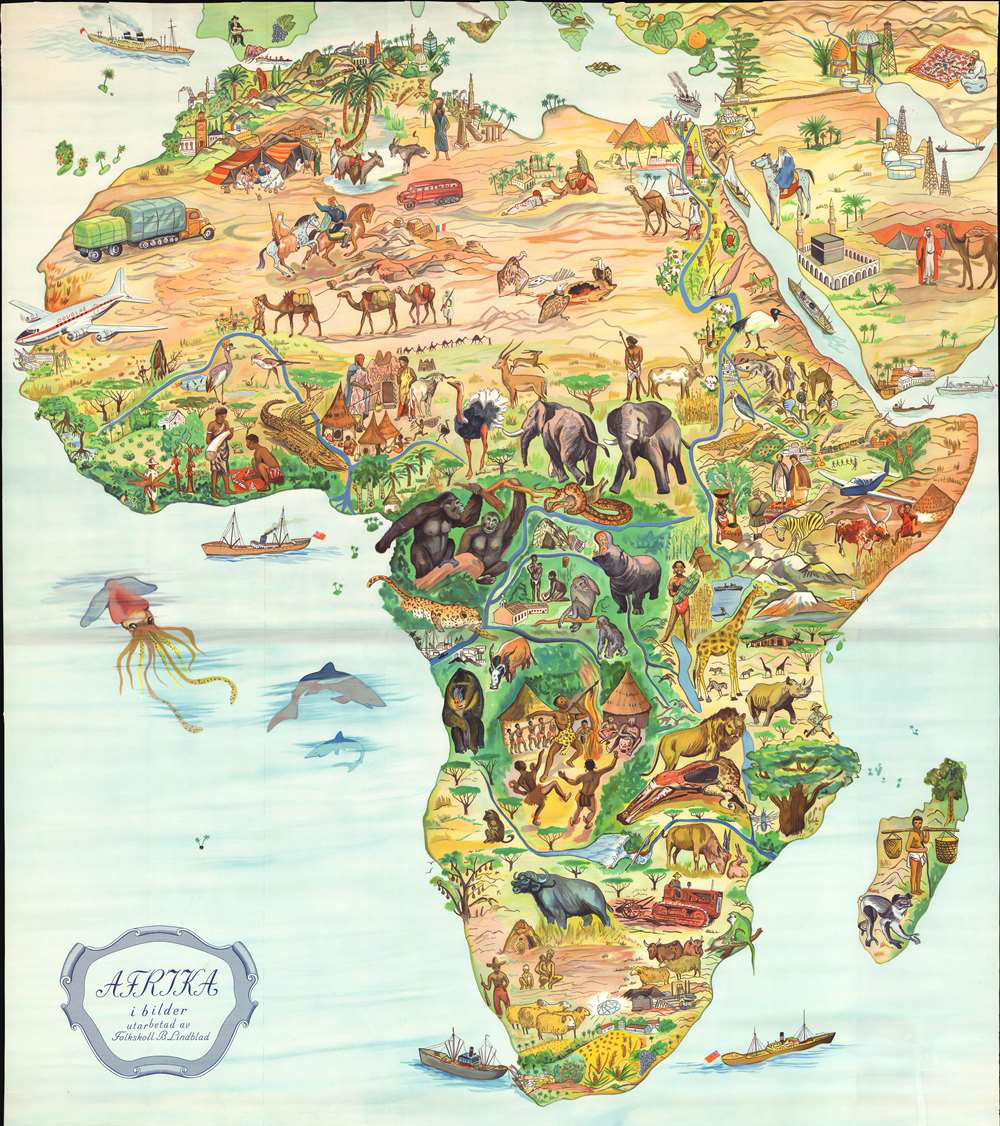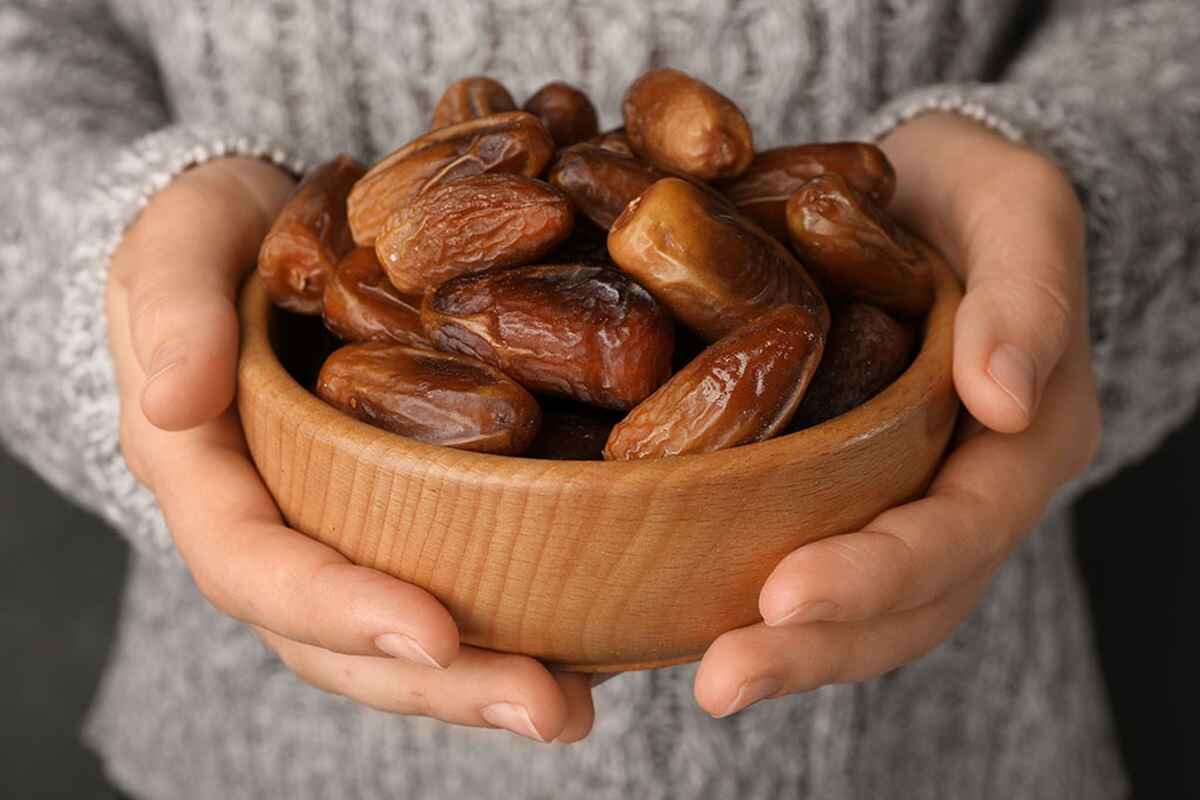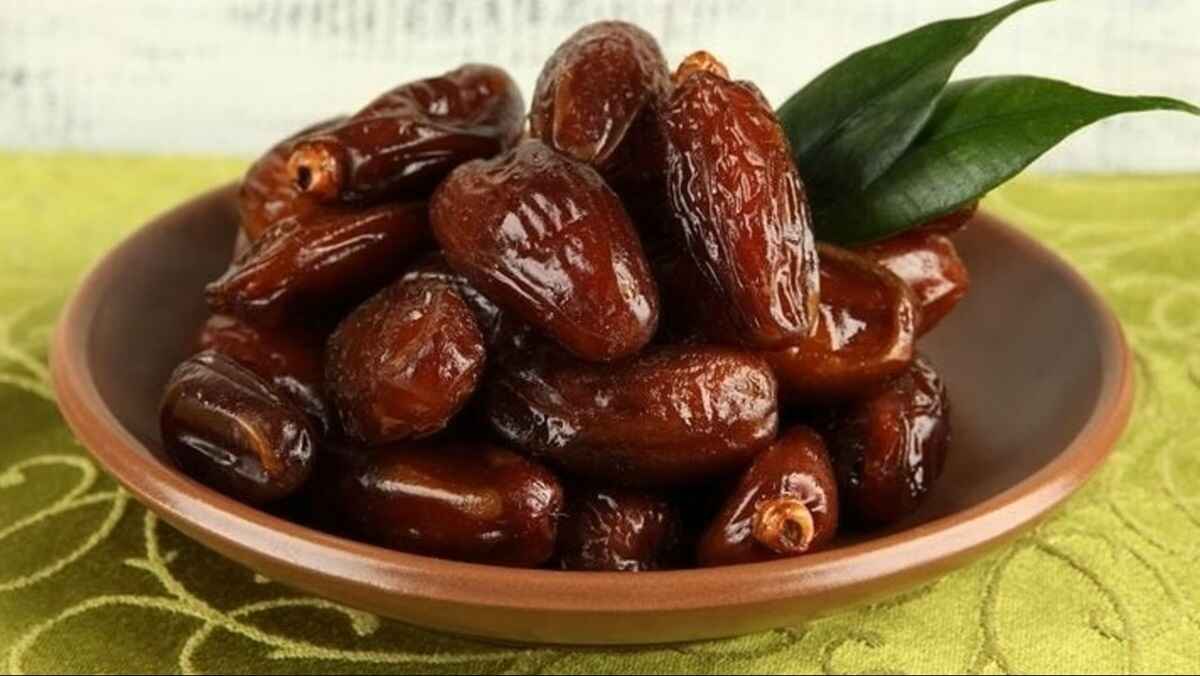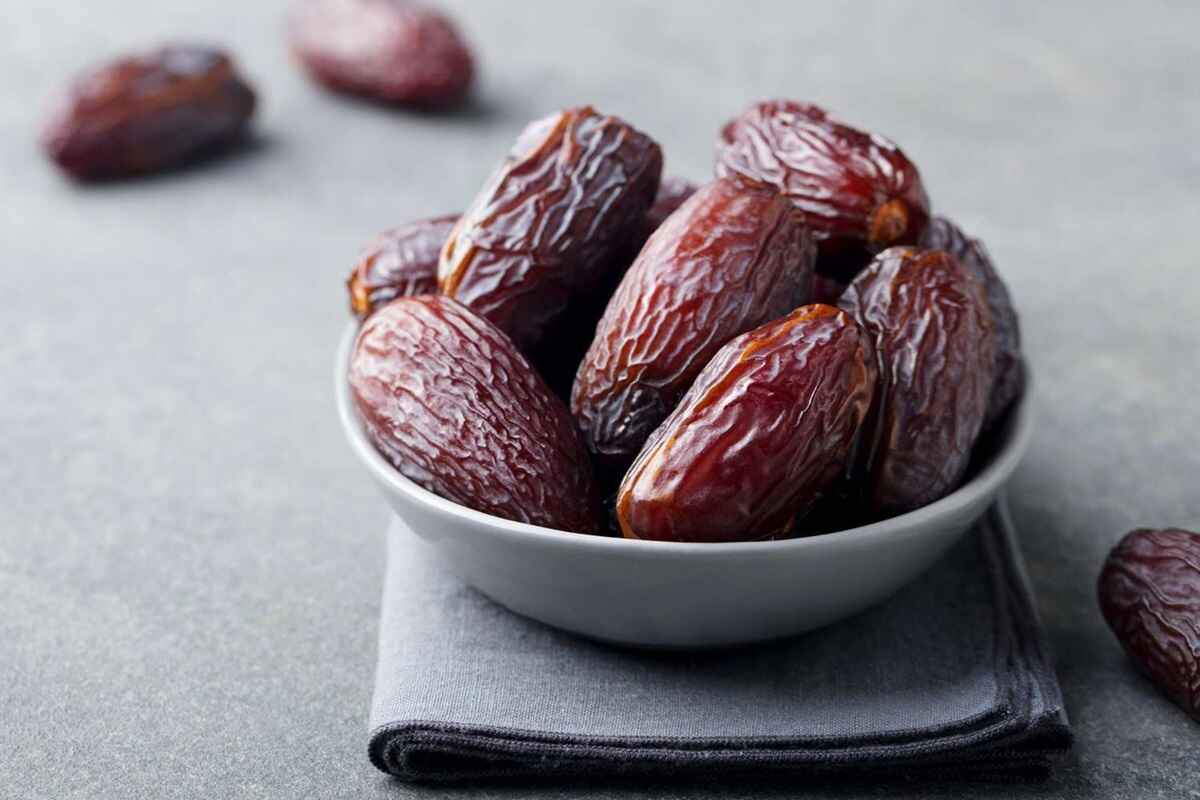The story of red gold on the Black Continent does not have a long history. Most African countries, such as Egypt, Libya, and Kenya, have a small share of saffron consumption. Some of them, like Ghana, are unfamiliar with it. At first glance, this issue has an unpleasant image due to the high price and ceremonial status of saffron and its obvious contradiction with the living conditions of people in many African countries. But from another point of view, this makes Africa a pristine market for saffron: Saffron in Africa.!
In recent decades, even the soil and climate of parts of Africa have opened their arms to cultivate this legendary flower. Morocco and South Africa are finding their place among producers. But there are differengt types of saffron saffron like Super Negin Saffron, Pushal Saffron, Negin Saffron, Sargol Saffron and many others and the market of Saffron is globally expanding.
Morocco
We as a Saffron export company (Persatrading) enjoy sharing saffron interesting stories. Lets discover Saffron adventure in Morocco:
Saffron Arrival
About 12 centuries ago, the Arabs invaded North Africa and introduced many of their lifestyle elements into the nomadic world. Imagine bags full of spices that Arab traders brought to the desert tribes in caravans of camels, calling them magic dust, which it was actually. The realm of saffron spread from there to the Black Continent.
Unrivaled Maghrib
Morocco has cultivated most of its mountainous areas with saffron. The area under cultivation in this country is about 600 hectares, and 500 families are engaged in this work.
Saffron has been cultivated in southern Morocco for decades. Still, more than 95% of the production in this country occurs in the village of Taliouine, And this amount of production has made saffron the major product of the country. We can say Taliouine Saffron is quite famous.
The government is also among the top supporters of saffron production. So Morocco can be considered one of the top ten producers of saffron – although the distance to the top places is long. According to existing rankings and surveys, Moroccan saffron is also high quality.
People in most parts of the world know saffron as a unique, delicate food flavoring, while Moroccans do not just see it as edible but use it as a potent dye for leather.
Saffron in Moroccan Dishes
As mentioned, among African countries, Morocco has the longest history of production and consumption of saffron. In the 10th century, the Arabs introduced saffron to the Moroccan people, and since then, this spice has become one of the main elements of Moroccan cuisine. Due to its influence on most tablecloths and giving color and polish to food, saffron has flourished in Morocco, especially in Taliouine near Taroudant.
The people of this country widely use it in their delicious recipes; Foods like Djaj Mqualli, which is chicken preserved lemon, and olives tagine. Saffron is also the main flavoring in dishes such as Chermoula, a quick marinade made mainly with fish and vegetables, Couscous, originally Berber, and the most popular dish in North Africa, Harira, a velvety chunky soup made with vegetables and herbs, with variety of Recipes, and Bastila, the ultimate Moroccan meal, which often is served traditionally on special events.
Since ancient times, in Africa, the use of saffron in foods generally have been limited to Muslim countries and the northern Arab regions. But in recent decades, this trend has changed, and saffron is gradually entering the lifestyle of the African people.South Africa
The Story of Saffron in South Affrica:
Saffron Arrival to South Africa
In the 2000s, Renske van Zyl and her husband, Jan, South African, first became acquainted with and interested in saffron during a trip to Dubai. Those who owned a wine farm in Namaqualand were familiar with suitable soil characteristics for planting. After returning to her home country, Renske began researching the plant and facing the challenges of how it was grown, consumed, and sold.
In 2021, the first full-grown saffron season began in South Africa, and in disbelief, the result exceeded expectations, and most farmers produced a good crop.
Saffron in Culture and Cuisine of Africa
The people of South Africa, and the continent of Africa in general, welcomed the emerging phenomenon of saffron with open arms. They offer it as a valuable gift to their loved ones. In some areas, saffron is given as a precious commodity at weddings, and it is considered auspicious and a sign of good fortune.
They have also found a place for it artistically in the cuisine, preparing delicious and colorful dishes and desserts using it. One of the most popular South African dishes is Lamb Biryani, imported from India in the distant past and, with a few changes from the original version, has found a special place on the tables of this country over the years. This delicious dish combines well-cooked rice grains and tender chunks of grilled lamb marinated in spicy yogurt sauce mixed with saffron, which has a pleasant and appetizing aroma.
Seafood and saffron stew is a fresh recipe; an exciting combination of several types of oysters, shrimp, squid, crab, scallops, and coral, after soaking in sea salt, is slowly cooked with a thick sauce that has already been prepared. This special sauce, a mixture of garlic, tomato, olive oil, and spice of thyme, pepper, sugar, and saffron, is a great supplement to eliminate the unpleasant odor and the cold nature of seafood.
The last recipe introduced here is one of the simplest dishes with saffron, South African yellow rice; It is enough to cook rice with seasoning, golden saffron, royal yellow turmeric, fresh yellow ginger, golden raisins, and butter. That’s it!




